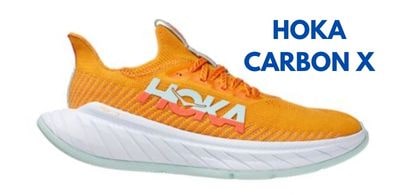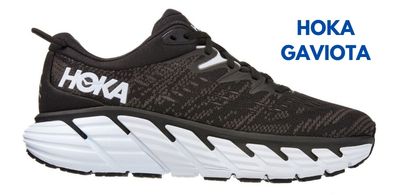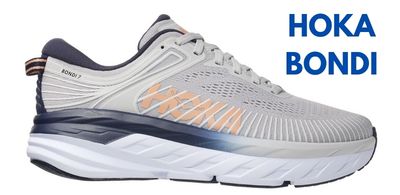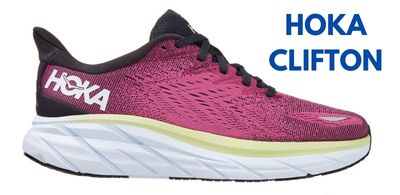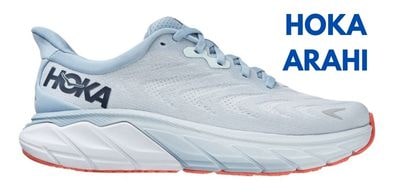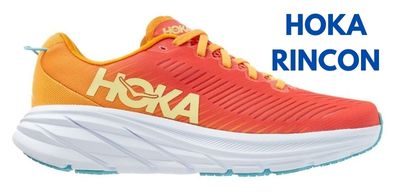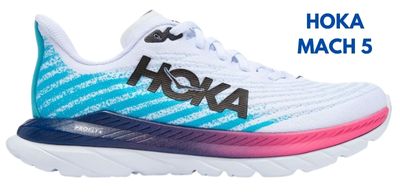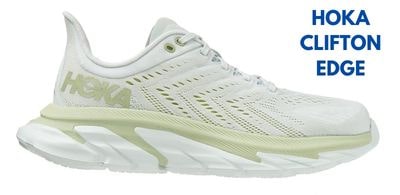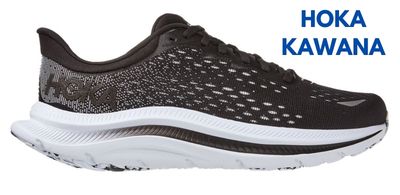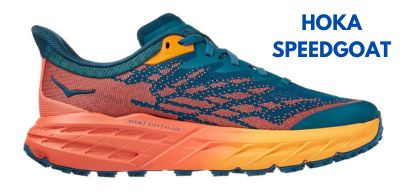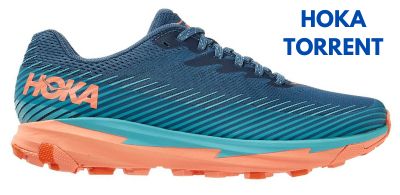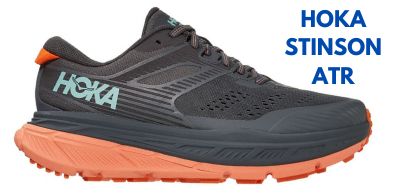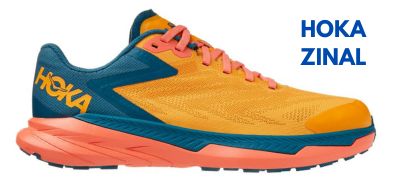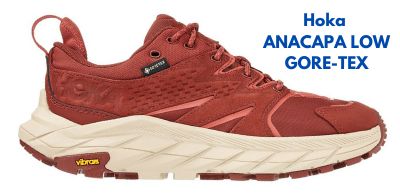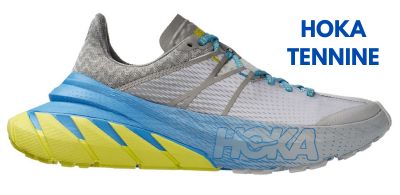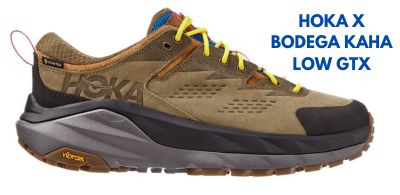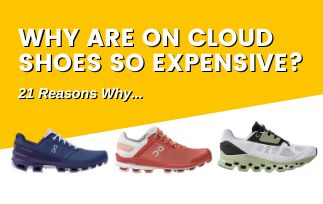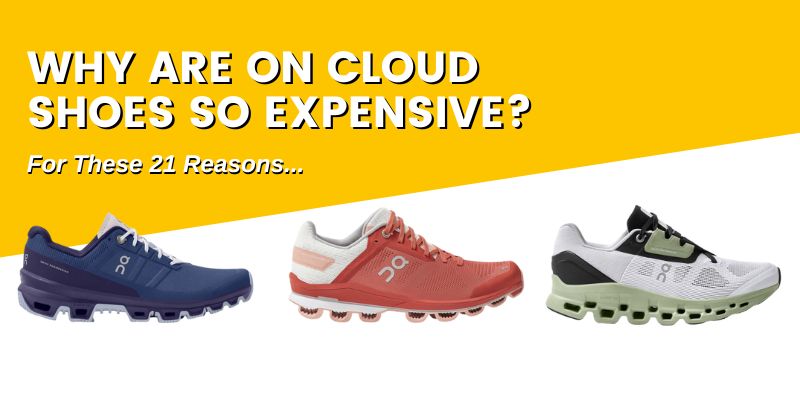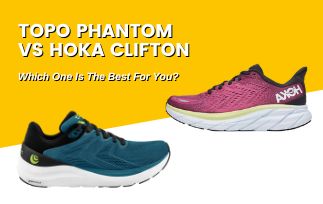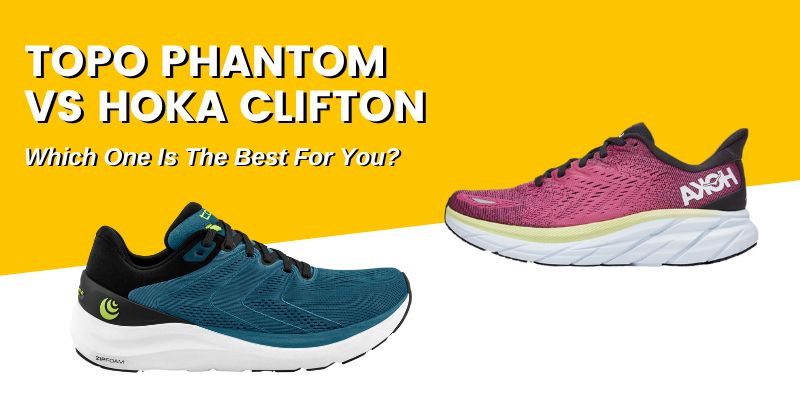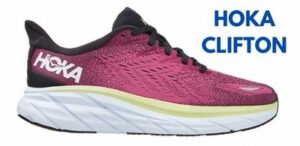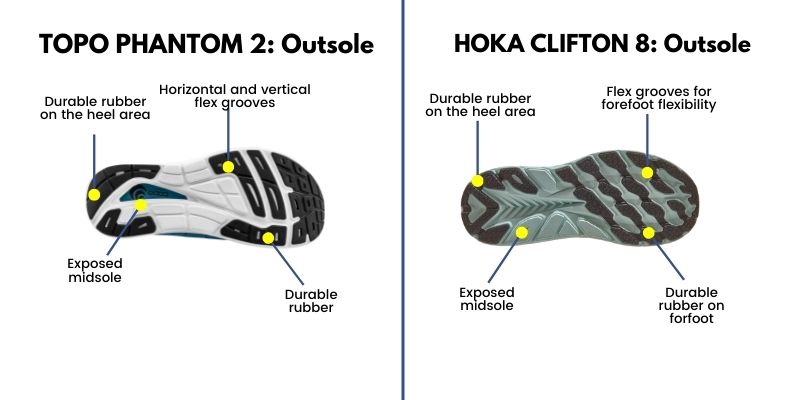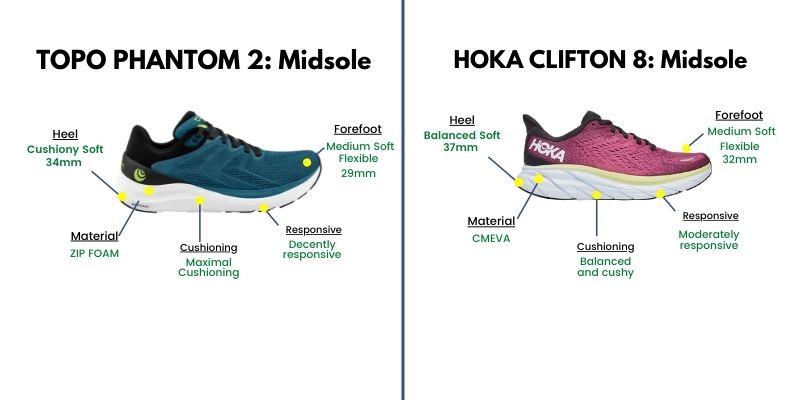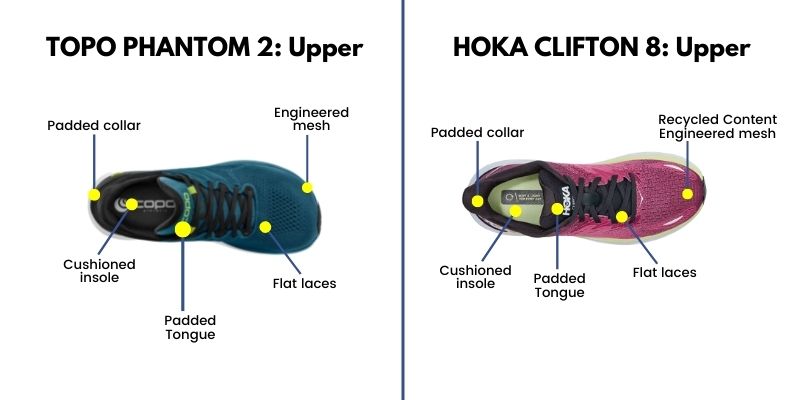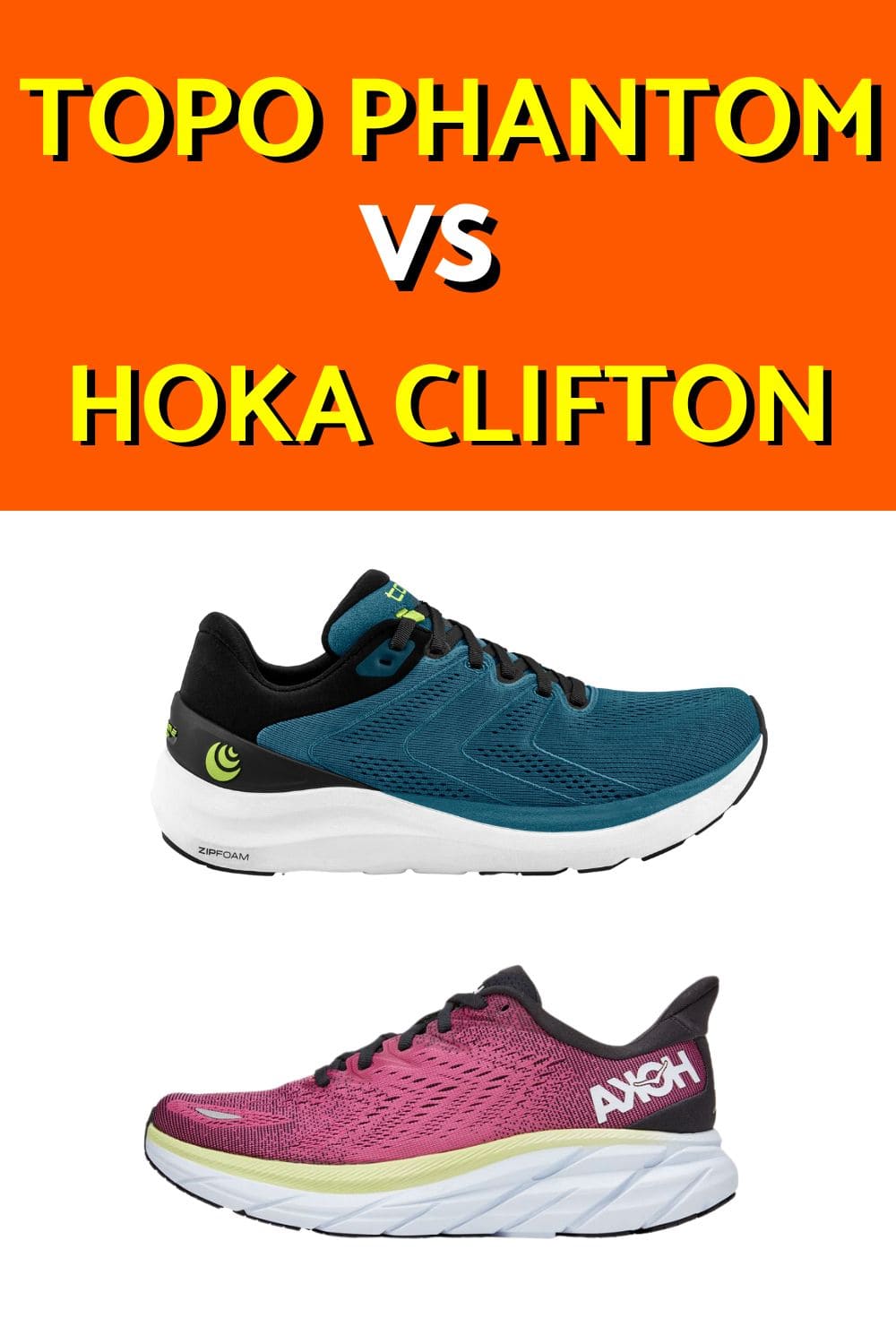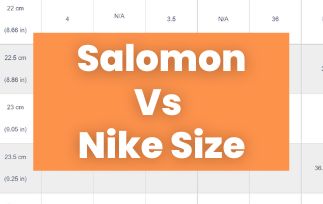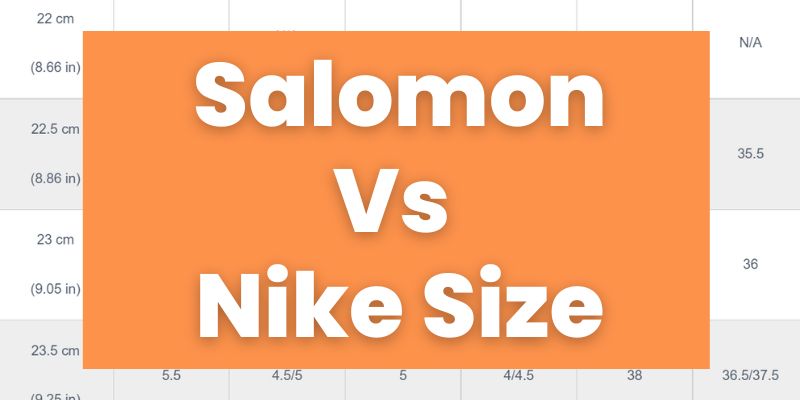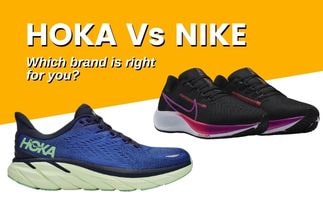
How To Train For A 6km Run In 2 Weeks?
Running 6km is a great way to get to become fit. However, if you have never run in your life then it may be a giant hill to overcome. But what if you have challenged yourself to run 6km in 2 weeks? Is it possible to train for a 6 km run in 2 weeks? It is possible, here is how…
To train for a 6km run in 2 weeks, run in the morning for increasing stamina, and do strength training in the evening using compound movements like squats, box jumps, and burpees with push-ups.
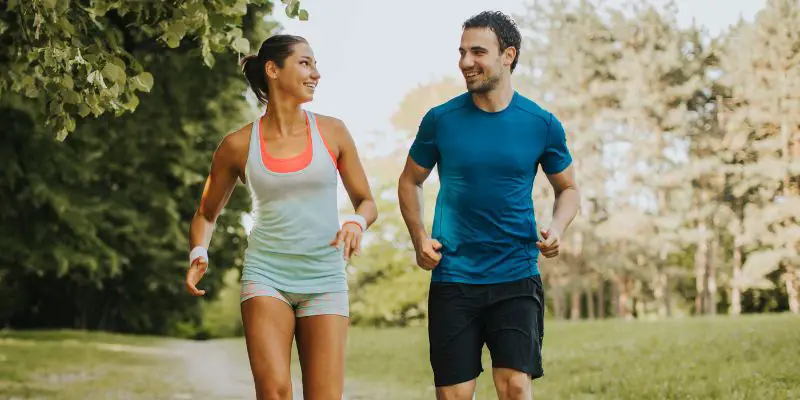
Table of Contents
How To Train For A 6Km Run in 2 Weeks?
Training Plan to run 6Km in 2 weeks…
Before you start training for a 6Km in 2 weeks, here is a word of caution. If you are someone who has never run in life, these 2 weeks going to be tough.
First of all, your body is not at all used to running and it has to first get used to it.
Also, since your joints are used to carrying your load like this, you may feel a lot of pain and may not want to continue. If this is the first time that you are running, it is good to use a knee brace and ankle strap.
This will provide you with some additional support until your joints are strong enough to carry yourself.
Now let’s look at the training itself…
In this training, we will gradually increase the duration of running and initially, we will start with a short run…
Also, for the strength training, we will not only use compound movements but also, higher reps to increase your stamina…
Let’s begin…
Morning Training for running 6Km in 2 Weeks
In the morning session, we will focus on running…
Week 1
Day 1 – Run 2 mins, Walk 3-4 min, Run 2mins.
Day 2 – Run 5 mins, Walk 3-4 mins, Run 5 mins.
Day 3 – Run 8 mins, Walk 3-4 mins, Run 8 mins.
Day 4 – Run 11 mins, Walk 3-4 mins, Run 11 mins.
Day 5 – Run 14 mins, Walk 3-4 mins Run 14 mins.
Day 6 – Run 17 mins, Walk 3-4 mins, Run 17 mins.
Day 7 – Rest
Week 2
Day 1 – Run 20 mins, Walk 3-4 mins, Run 20 mins.
Day 2 – Run 23 mins, Walk 3-4 mins, Run 17 mins.
Day 3 – Run 26 mins, Walk 3-4 mins, Run 14 mins.
Day 4 – Run 30 mins, Walk 3-4 mins, Run 11 mins.
Day 5 – Run 35 mins, Walk 3-4 mins, Run 6 mins.
Day 6 – Run 40 mins or 6Km.
Day 7 – Rest.
In the above training plan, you will observe that we are not focusing on distance. Rather, we are focusing on time.
Most of the beginner runners will take around 35-40mins to finish 6Km. So, the complete focus of this program is to run a total of 40 mins.
This is easier to stick to as you will not be focusing on the distance, rather, you will focus on building your stamina.
Also, sticking to a time interval is easier than sticking to a distance interval.
We have broken up this running training into a pattern of run-walk-run. This is easier for runners who are just beginning to run. This will allow them to stick to the program without completely stopping or overdoing it.
Now that, we have done the run training, next it is time to build up your strength to carry you throughout the next 2 weeks…
Evening Strength Training To Run 6Km in 2 Weeks
If you want to run 6Km in 2 weeks successfully, not only will you have to focus on running, but also, you will have to build up your strength.
This will help you to run more efficiently, will improve your performance, and will also help you to avoid injuries.
Since we have a very short time to train for 6Km, we will focus on compound movements…
This will help us to target different muscle groups together and will help us to use the training time more efficiently.
Also, we will provide you with two different sets of strength training, one for gym-goers and the other for those who want to train from the comfort of their homes.
Ok…let’s get started…
Strength training (Gym-goers)
Squat with dumbbells
In this variation of the squat, you will be doing a basic squat while holding 5kg dumbbells in front.
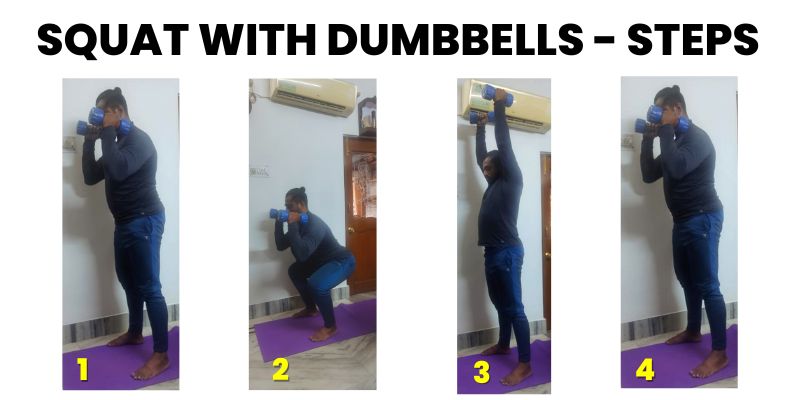
Steps
- Stand with your legs hip-width apart.
- Hold the dumbbells in front of you with hands at shoulder height.
- Now push your hips backward.
- Start going down, until your thighs are parallel to the floor.
- Come up with an explosive movement while squeezing your hips and tilting them slightly forward.
- Do this for 30-35 reps, 4 sets.
If you cannot do this holding two dumbbells together, use only one and hold it at the ends with both hands.
However, focus on completing the repetitions as it will not only help you to improve your strength but also will help you to improve your stamina.
Box Jump
To start with the box jump, the first thing you need is to select a box. This you can do based on your height, like you are shorter than 5 ft 6 inches, go for a height of 14 to 16 inches.
If you are taller than that, then go for heights between 16 to 20 inches. However, most of us will be good with a height of a box around 16 inches.
Now that you have selected your box, here are the steps to do a box jump correctly…
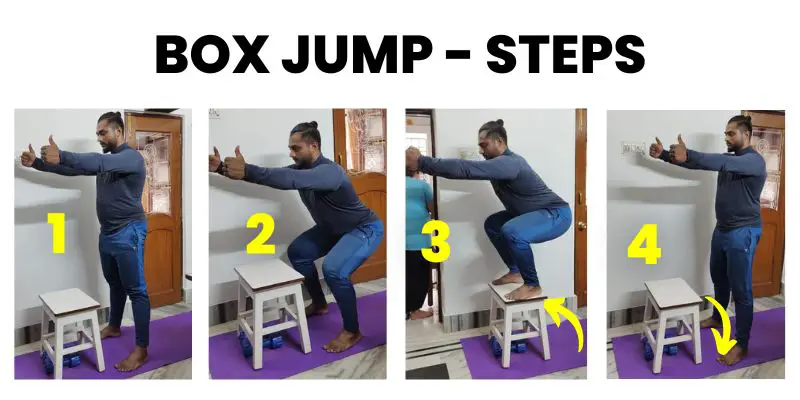
Steps
- Stand in front of the box at a short distance with your legs hip-width apart.
- Now bend your knees a bit with your arms to the side in such a way that it helps you to propel forward.
- Now jump up on the box with the help of your core and glutes.
- Land softly and on your whole feet on the top of the box with your hands spread in front.
- Now jump down softly.
- Do this for 30-35 reps, 4 sets.
Battle Rope
Battle ropes are great for increasing strength and stamina. Due to the heaviness of the rope, it will take some strength to keep you firmly planted on the ground while performing this exercise.
Also, the movement will mostly happen from your forearm and wrist while engaging your glutes and core to keep you grounded.
Steps
- Stand in front of the battle rope so that it is almost straight in your hands.
- Stand with your legs hip-width apart with toes pointing outward.
- Hold the battle rope slightly above the ends.
- Now using your forearms and wrists raise the battle rope as high as possible and then return it to the ground. What you are trying to do is create a ripple effect in the rope.
- Keep your back straight with your core and glutes engaged.
- Do this for 30-35 reps, 4 sets.
Slam Ball Throwing
This is a great exercise for improving your stamina and strength together. It also works on your coordination and improves balance and core stability.
Steps
- Stand with your feet shoulder-width apart.
- Turn your toes outward around 30 degrees.
- Hold a slam ball overhead with both of your hands.
- Now push your hips backward like you do in a squat and throw the slam ball on the ground as hard as possible.
- Throw the slam ball near your legs.
- Repeat this 30-35 times, 4 sets.
Leg Press
This is an exercise that can be done both at home and in the gym. I’ll show you the version that I do at home. However, in the gym, you will have a machine with which you can do it.
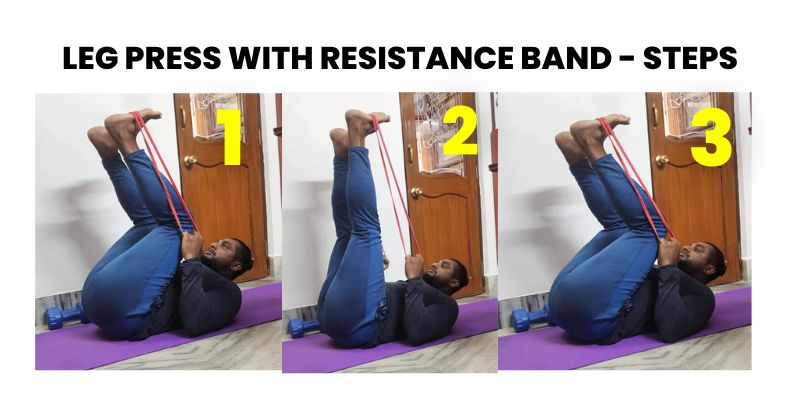
Steps
- Lie down on your back with a slight bend in the knees.
- Hold a resistance band with both hands and on the feet as shown in the picture.
- Now straighten your knees.
- Then relax your knees.
- Do this for 30-35 reps and 4 sets.
- Increase the resistance based on your strength.
Now that we have seen what exercises you can do as part of your strength training when you visit the gym, we will now see what you can do if you are strength training at home.
Both of these exercise routines are very effective and will help you to run a 6K in 2 weeks.
Strength training for home workout
Some of the workouts that you have seen above can also be included in home workout routines as well.
We will just mention that, however, we will not discuss them as you can get the details from above.
Let’s start…
Squat Jump
This is an exercise that is a great cardio and strength training exercise. It will strengthen your glutes and your core which are essential if you want to run longer distances like 6K.
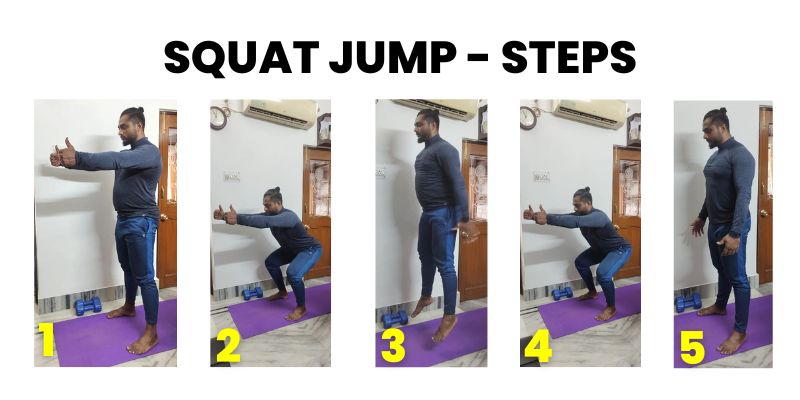
Steps
- Stand with your legs hip-width apart.
- Stretch your hands in front as shown in the picture.
- Push your hips and go into a squat position.
- Now push on your feet and with the help of your core and glutes jump as high as possible.
- Land softly on your feet.
- Do this for 30-35 reps and 4 sets.
Burpees With Push Ups
This compound movement will also serve you as a great exercise and at the same time will improve your cardio and strength.
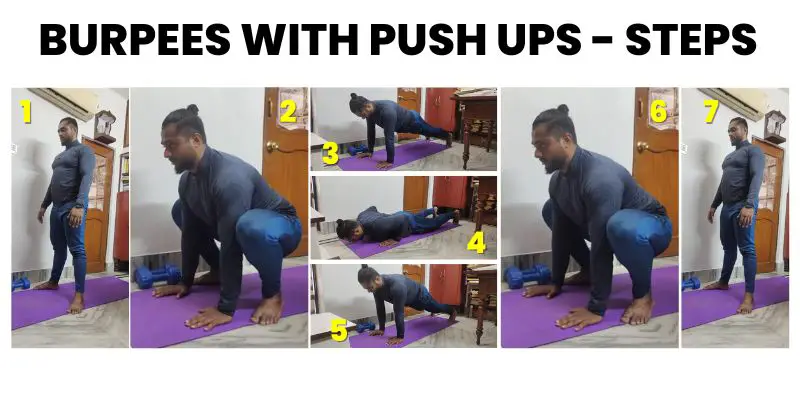
Steps
- Start with your legs hip-width apart.
- Bend down so that your hands touch the ground.
- Now lay your palms flat on the ground and jump back coming into a plank.
- Bending your elbows go down as low as possible.
- Push up and come into a plank.
- Jump forward with hands still on the floor.
- Stand up and jump.
- Repeat 30-35 reps, 4 sets.
Other than these two exercises include leg press with a resistance band and box jump into this strength training schedule.
Related: Top 23 Tips To Run Faster And Longer
Diet
If you want to run 6K in 2 weeks then not only you will have to focus on training, but you will also have to take care of your diet.
The first change that you need to do is to increase the amount of protein that you intake. For that, you have to go up to a protein intake of 2 grams of protein per kg of your bodyweight.
This amount of protein is a bit more than that which is generally taken as part of the diet, however, this will help you to build strength and recover faster.
Apart from that, you need to include two supplements into your diet. This will help you in faster recovery and if taken as prescribed will not cause any side effects.
Supplements
BCAA
BCAA or Branched-chain amino acids stimulates the building of protein in the muscles and also helps to reduce the muscle break down.
In other words, this will help you in faster recovery and will help you to retain muscle mass.
Glutamine
The other supplement that you need to take is Glutamine. Glutamine is the building block for making protein in the body. This means, it will help you in faster recovery.
However, please take these in prescribed quantity to avoid side-effects.
Precautions
Apart from following the above steps while training for 6K in under 2 weeks, you need to follow some precautions to minimize your chances of injury.
Avoid Overtraining
More training will not lead to faster running or better performance. If you are training for more than what is provided above, you will likely be overtraining.
However, if you are feeling too much fatigue, or lethargy after following the above steps, then that means the above training is too much for your body at this time.
Then cut down the training time in half and follow that. Sure you may take more time to accomplish your target…but you will be able to avoid the side effects of overtraining.
Avoiding Rest Days
This is something that we all are guilty of. We want to get faster results, so we train more. We give up on the rest days and train on those days as well.
This will yield results the same as overtraining. Your body will not get time to recover and will be tired and fatigued all day.
Also, this may become too much and you may even leave the training program halfway…
Skimping On Sleep
For some, sleeping is a waste of time, or they are so busy that they cannot afford to sleep for 6 hours a day.
However, when you are going through a rigorous training schedule like this one, sleep is essential for recovery.
Proper sleep will help you to repair your body faster and you will have more strength to run on the following day.
Avoiding using knee cap/brace and ankle brace
If you are a beginner runner and want to run 6Km in 2 weeks, then you will be suddenly putting a lot of pressure on your joints, especially the knee and the ankle joints.
So, to avoid any kinds of injury to these joints, it is better to add some extra support to them and use knee cap/braces and ankle braces.
This will help you to avoid any kind of subsequent pain.
However, most of us generally avoid this and become more prone to injury.
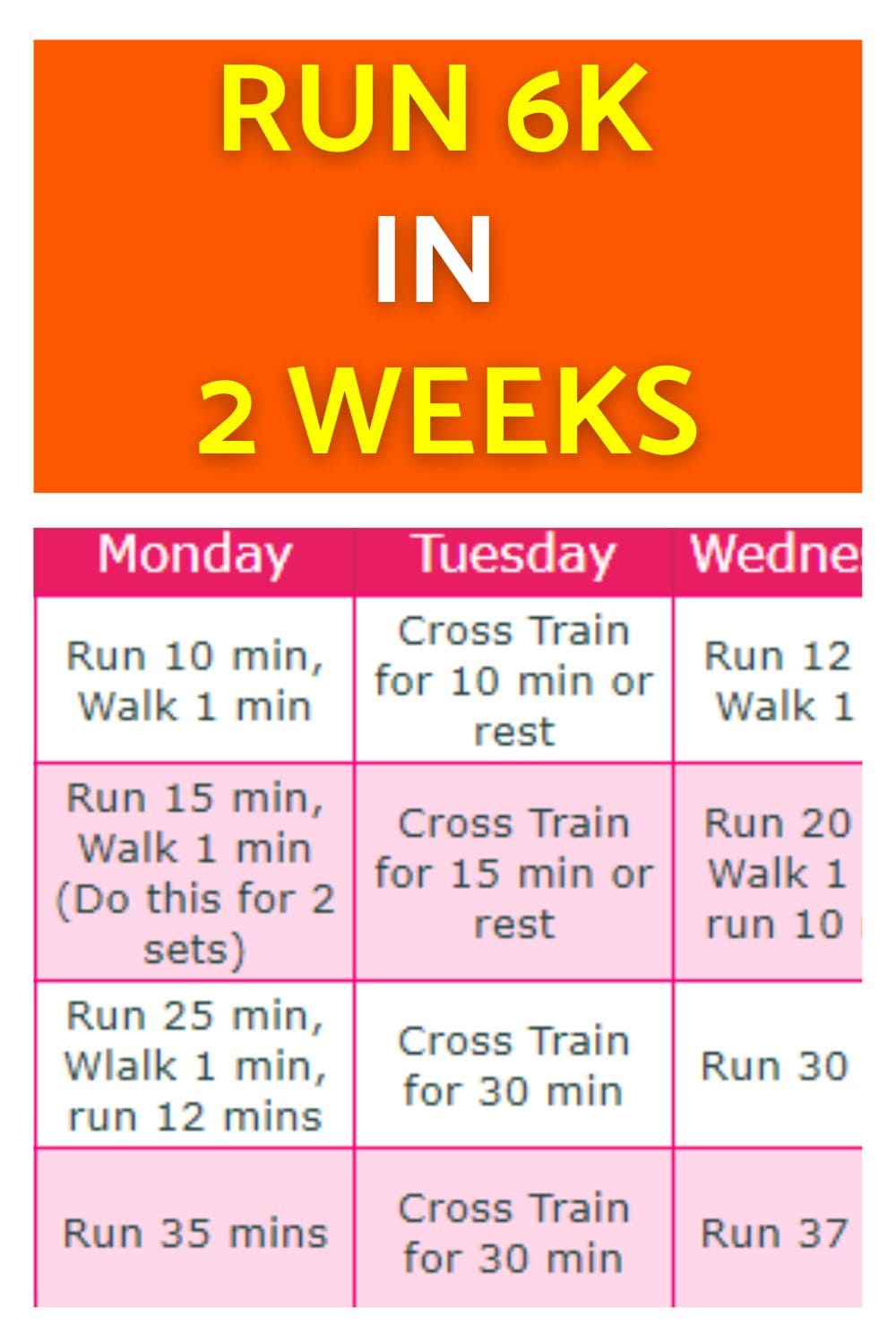

Madhusree Basu
Author, Admin
Blogger and a fitness enthusiast. She loves running and Yoga and everything in between. She started running to manage her weight and to eat to her heart’s content. A true foodie at heart she shares whatever knowledge she has gained throughout the years about weight management and fitness.


Sourav Sarkar
Reviewer, Certified Fitness Instructor
Certified fitness trainer and an ex-professional bodybuilder, he has trained more than 500 fitness enthusiasts and has more than 15 years of on-the-job experience.



